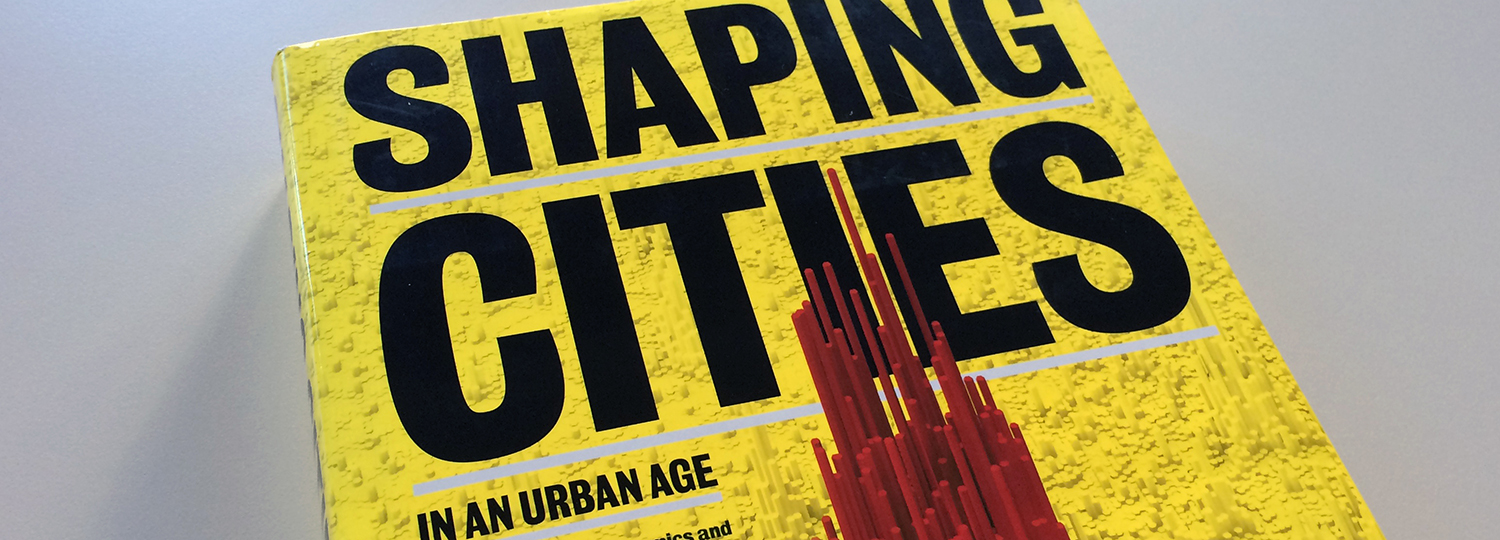Shaping Cities in an Urban Age

For around 15 years, the Urban Age Project at the London School of Economics and the Alfred Herrhausen Society has been researching the dynamics and accompanying symptoms of urbanization in the 21st century. Milestones of this work include the 2006 Venice Biennale of Architecture, which was curated by Richard Burdett, and two books: The Endless City (2007) and Living in the Endless City (2011).
With Shaping Cities in an Urban Age, the team surrounding Burdett and Philipp Rode have now presented their third, and presumably final, work in the familiar layout.
Impressive photos and striking graphics illustrate the 37 essays, which come from distinguished experts from (nearly) every part of the world and area of specialization. Richard Sennett, Alejandro Aravena, Kees Christiaanse, Edgar Pieterse and Nicholas Stern are among the authors this time round. They illuminate - or at least the publisher claims they do - the developments that have contributed to the fragmentation of cities, social divisions and an ever-greater consumption of resources over the past 20 years.
Specifically, the essay subjects range from health care to flood protection, from migration to traffic problems. A central, frequently recurring question is the one regarding the balance of power - among cities, regions and nation states as well as between haves and have-nots as well as investors and a population that is demanding the right to adequate housing. In his contribution, Nicholas Stern recalls a paradox: the current drive towards urbanization is endless - it will not stop until the world’s population has surpassed its peak. This makes it even more important to plan cities and urban expansions to be sustainable right from the start, for the urban structures now arising around the world will characterize human coexistence, possibly for centuries.
At 6-10 pages each, the essays are short; they occasionally lack precision and are rooted in academic discourse. Unfortunately, the book suffers from a complete lack of practical voices - not a single political decision-maker or municipal employee is among the authors. The contributions are most convincing when they scrutinize individual places and phenomena rather than painting global developments with a broad brush. Luckily, this is the case with most of the essays. Altogether, Shaping Cities in an Urban Age gives a comprehensive, readable overview of the challenges of urban development around a world with many regional differences and underlying similarities.

